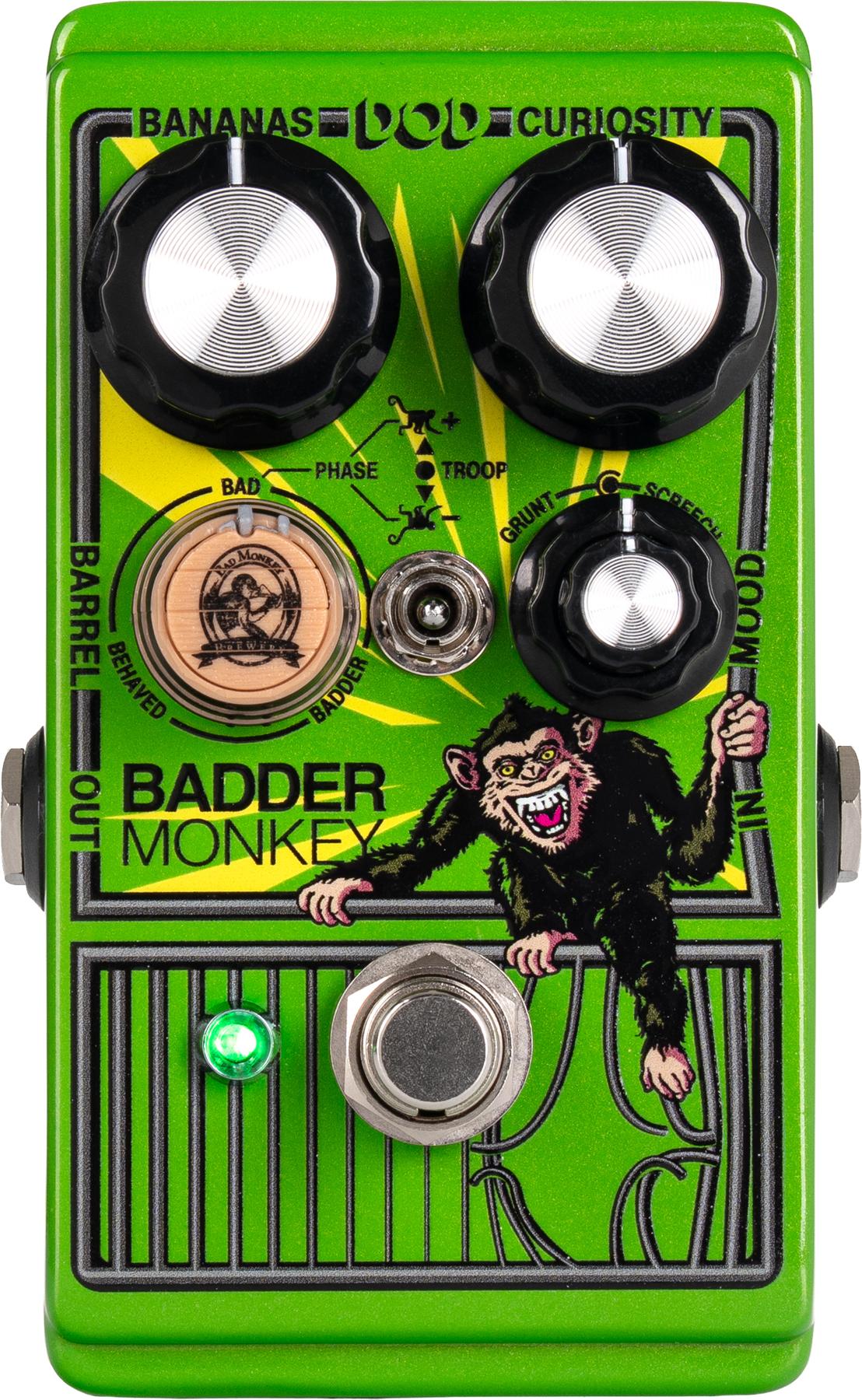Brian Wampler’s take on a vintage TS10 Tube Screamer style circuit in a compact, pedalboard friendly enclosure.
Capable of anything from light boost to a gritty drive that can send an amplifier into heavily overdriven tones, the Moxie is designed to be an ultra-flexible, wonderfully warm and rich pedal but with an extra bite. In addition to the standard controls, Brian has added two unique switches. The Voice switch adds clarity by changing the entire EQ associated with this design giving it a more transparent yet robust tone. The Fat switch adds an extra dimension of gain with a custom MOSFET clipping stage, reminiscent of a classic high-end boutique amp.
Staying true to the vintage sound of an Ibanez TS10 Tube Screamer, the Moxie is powered by the classic 4558 chip, enabling it to scream with authentic woody tones. Use it to pour out a cold shot of Texas Blues, add gravity to rhythm chops, or tighten up and push your lead channel into brutal high gain. The Moxie is sensitive to nuanced picking with layers of complex harmonics allowing it to play nicely with a broad section of amplifiers and pedals. Stack this with another distortion or overdrive pedal like the Wampler Ratsbane, Tumnus, or Belle for a variety of tone options.
Features
- High-grade components selected for superior sound and response, premium finish and controls.
- Based on one of the most classic overdrive circuits of all time, the TS10 Tube Screamer
- Volume, Gain, Tone controls
- Fat switch to enhance the gain structure
- Voice switch to equalize critical frequencies
- Dimensions: 1.5” x 3.5” x 1.5” (38.1mm x 88.9mm x 38.1mm) - height excludes knobs and switches
- Power draw: 11mA at 9V, 16mA at 18V • 9-18V power jack – DC supply only, no battery connection within
- Includes limited 5-year warranty
$149.97 USD. More info at www.wamplerpedals.com.















![Rig Rundown: Russian Circles’ Mike Sullivan [2025]](https://www.premierguitar.com/media-library/youtube.jpg?id=62303631&width=1245&height=700&quality=70&coordinates=0%2C0%2C0%2C0)









